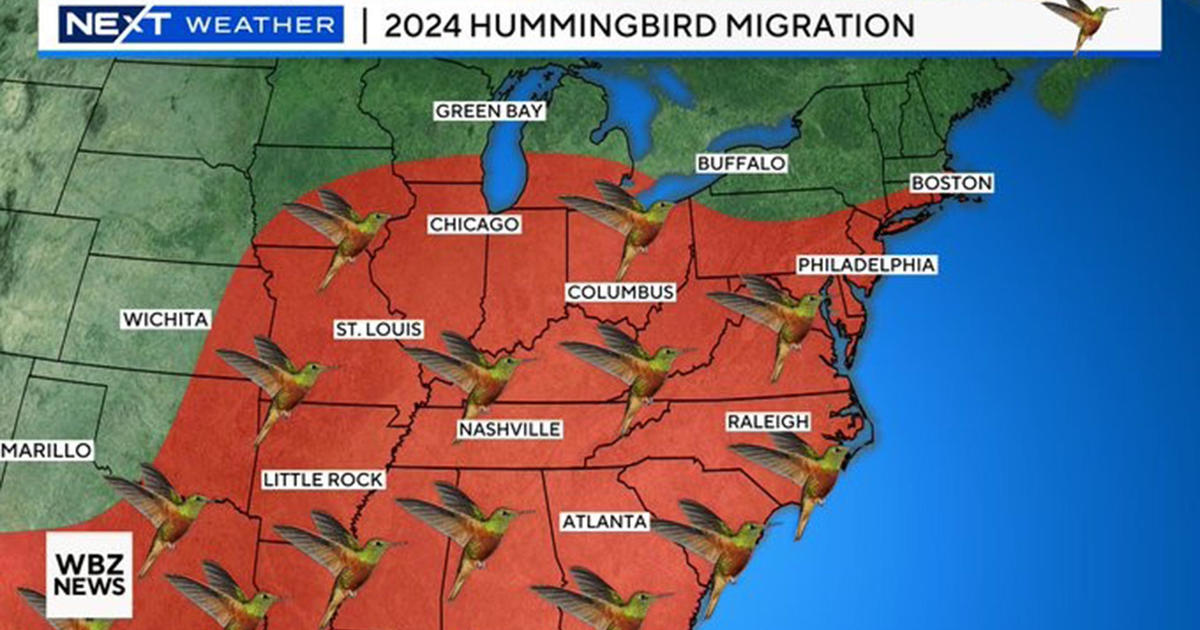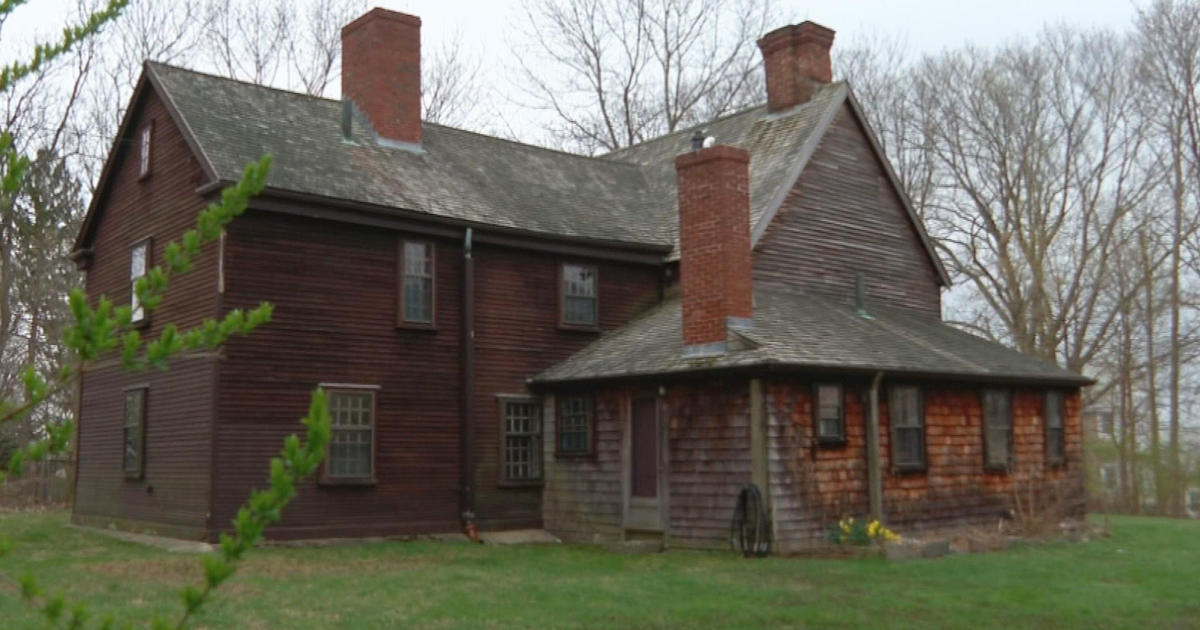Mild Temperatures, Below Normal Snowfall To Continue In 2012
BOSTON (CBS) - Perhaps one of Mother Nature's New Year's Resolutions was to give us a break with the weather in New England.
Check: Current Conditions | Weather Map Center | Interactive Radar
She has certainly been more than kind to us ever since the late October Nor'easter. In many ways that storm was the straw that broke many New Englander's backs.
It started early in 2011 with a snow blitz during the month of January, followed by the rare tornadoes in early June, and then Hurricane Irene in late August.
WBZ-TV's Joe Joyce Looks Ahead
It was an amazing year of weather, one unlike any other in our history.
It left many of us wondering if this was our new reality; an extreme weather reality where nearly anything was possible. Hurricanes, tornadoes, blizzards - all leaving many without power for days on end, bringing down thousands of trees, changing our landscape.
But things seemed to have changed, at least for now.
We had a fall season that was so warm, the foliage on the trees came nearly a month late in many areas.
This December was the 6th warmest on record, that following the 2nd warmest November on record.
In fact, we haven't had a below normal month since June!
Our average daily temperature this December was 40.0 degrees, 5.3 degrees above normal per day, we had just 6 days that were below normal during the month.
And snowflakes were truly few and far between in December.
Boston officially had just a trace of snow, in other words, nothing measureable in a month that we average about 9.0 inches per year.
This is just the 6th time in recorded history Boston has not recorded measureable snow in the month of December.
It wasn't just Boston either, snow was hard to come by in all of southern New England. Worcester, which is typically smack dab in the middle of the "snow belt," only got 0.3 of an inch in December, tying the record for least snow in the month with 1892, making this the least snowiest December in Worcester in well over 100 years!
If you are wondering what this could mean going forward, well check this out. If you look at the 6 winter seasons in Boston when December had a trace or no snow (1899, 1927, 1953, 1957, 1973, and 1999), all of them wound up well below normal snowfall with one exception, 1957. That year we had 44.7 inches, just a few inches above the normal.
The final snow totals for the other 5 years (25.0", 20.8", 23.6", 36.9", and 24.9") ranked among the leanest in our history.
So the natural conclusion to all of these weather stats seems fairly obvious right?
While we certainly can't expect a snowless winter, it appears we may be in for a very manageable 20-30 inches over the next few months, just looking strictly at the numbers.
As meteorologists, we need to look beyond the numbers and try to forecast what atmospheric factors may come into play over the next few months as well.
There are two major things at play so far this winter. Well, actually one is at play (La Nina) and one has yet to happen (blocking in the North Atlantic Ocean).
La Nina, a cooling of the Pacific Ocean off of Central and South America has been the most significant atmospheric player for the last year.
In fact, many climate experts believe that La Nina may be to blame for all of our extreme weather. Looking back in history, many of our most infamous storms have occurred during La Nina years, such as the hurricanes back in 1954 and 1955.
Climate forecasters are predicting that the current La Nina will persist for at least the rest of this winter and perhaps begin to subside by summer 2012.
So, more extremes can be expected, but perhaps also more warmth in the Northeast.
The Climate Prediction Center agrees. Check out this forecast for the next 8-14 days, above normal temperatures on average for nearly the entire country.
So while we are in for the coldest air of the season this Tuesday and Wednesday, it will not last and it will not be accompanied by any snowfall either.
Watch Melissa Mack's forecast:
The main reason for our big snowfall amounts last winter was a giant block in the Northern Atlantic. This shunted huge amounts of cold air southward from Canada into the northeastern U.S.
It also prevented storms from going to our west and drawing in any milder air. Instead, they went south and were mainly cold and snowy.
This block has been non-existent so far this winter and does not appear likely in the next few weeks.
This chart shows the NAO (North Atlantic Oscillation, a measure of the blocking) staying positive. A negative NAO would suggest blocking.
So, what does Mother Nature have in store for us the rest of this winter?
Milder than normal temperatures are likely to continue along with below normal snowfall.
But again, don't be fooled into thinking we won't get ANY snow, there is still plenty of winter left and records show that similar years yielded light but modest snow totals.
And finally with La Nina still significant and its history of producing extremes, we need to stay on our toes for a big one.
As you know, in New England, there is always another storm on the horizon and weather can turn very quickly.
You can follow Terry on Twitter at @TerryWBZ.



